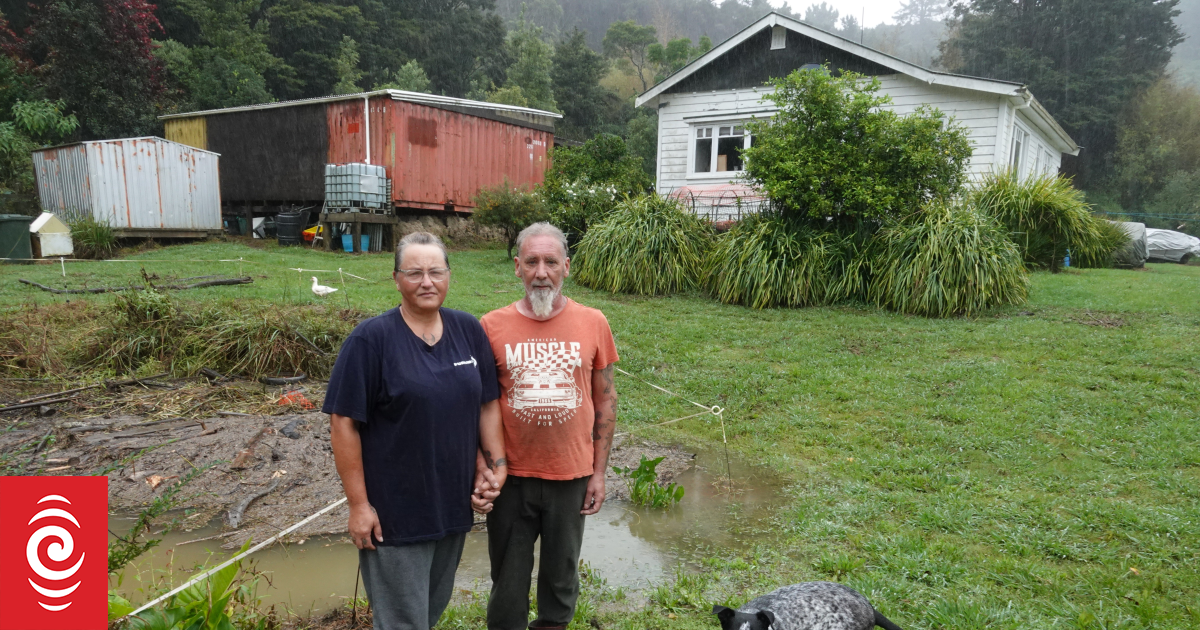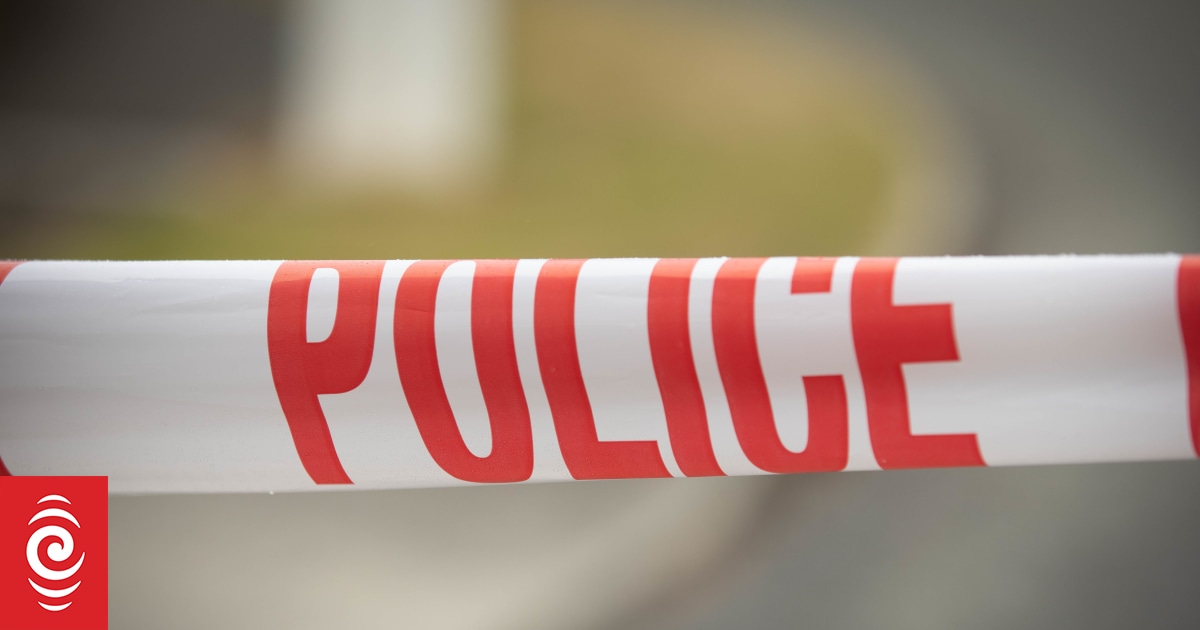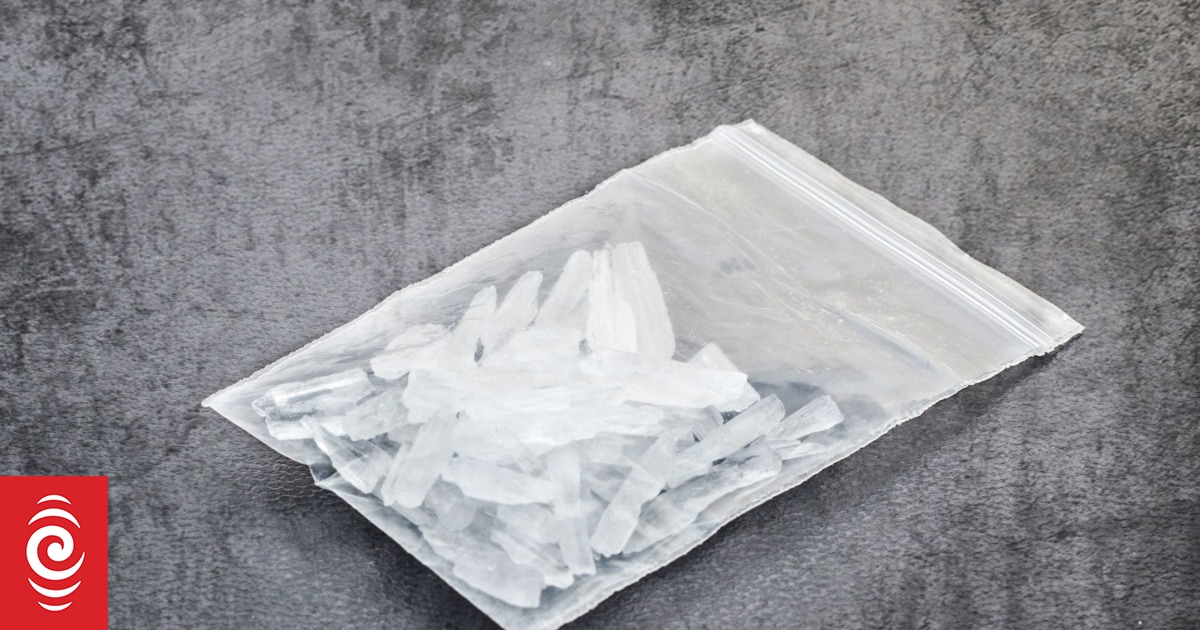We are now able to get on with repairing essential infrastructure around our district. Planning and construction will be happening over the next three years.
We all know the Whangārei District is growing fast. Infometrics puts our population at 101,900 for 2023, and anticipates our population will grow to 118,407 in the next 10 years.
My own calculations put us much higher than that – I predict our population will reach 139,037 within that period (especially when the four-laning happens). With this growth comes infrastructure and planning challenges for essentials like wastewater, stormwater, drinking water, roading, rubbish and recycling, footpaths, parks, public toilets, sportsgrounds, and libraries.
Wastewater systems (sewage and grey water) are one of our first considerations when considering growth. We currently collect, treat, and dispose of wastewater from more than 25,000 households and businesses. The system itself is made up of infrastructure including 700km of pipes, manholes, more than 150 pump stations, and nine treatment plants.
When wastewater systems are not operating as designed, we can face problems such as:
- Contamination of the environment and public health risks with things such as sewer overflows (especially in extreme weather events);
- Sewage overflows into our harbours and beaches;
- Constant need to ‘patch up’ our ageing pipeline networks;
- Inability to develop new areas for growth;
- Possible failures in the network.
In this first year of the long-term plan, our wastewater team will continue to investigate, fault-find and plan for growth, while still delivering our usual maintenance programme and much-needed major upgrades in some areas.
Parua Bay has already been identified as an area where there are issues. When it rains heavily, our wastewater systems there struggle to cope. This could mean that rainwater downpipes are connected to wastewater traps (or the traps are in areas that flood) or infrastructure has degraded (cracked pipes), or both. We will be out speaking to residents about their wastewater concerns, so we can build a detailed map of problem spots. Please check that your downpipes are not going into the wastewater system.
In the Bream Bay area, we’re committed to the upgrade and expansion of the Ruakākā Wastewater Treatment Plant to keep pace with growth.
The damage to the community’s wastewater system in Kepa Road is under investigation, as that infrastructure has degraded far earlier than expected. While the exact cause is unknown, the damage may have been worsened by chemicals or other abrasive materials being put straight into our waste system.
Once we’ve repaired or replaced all those damaged pipes (estimated to cost more than $3 million), we’ll be helping our communities understand what can and can’t be flushed into our wastewater systems.
The plan is all about getting our district’s core infrastructure up to standard, while planning for future growth. Now we need your help in deciding where and how that growth should happen. Our future development strategy is open for consultation until the beginning of September, we need to know what’s important to you as we plan for our future.
Both the strategy and plan are on our website. We would love your help in protecting and developing our district’s infrastructure.



